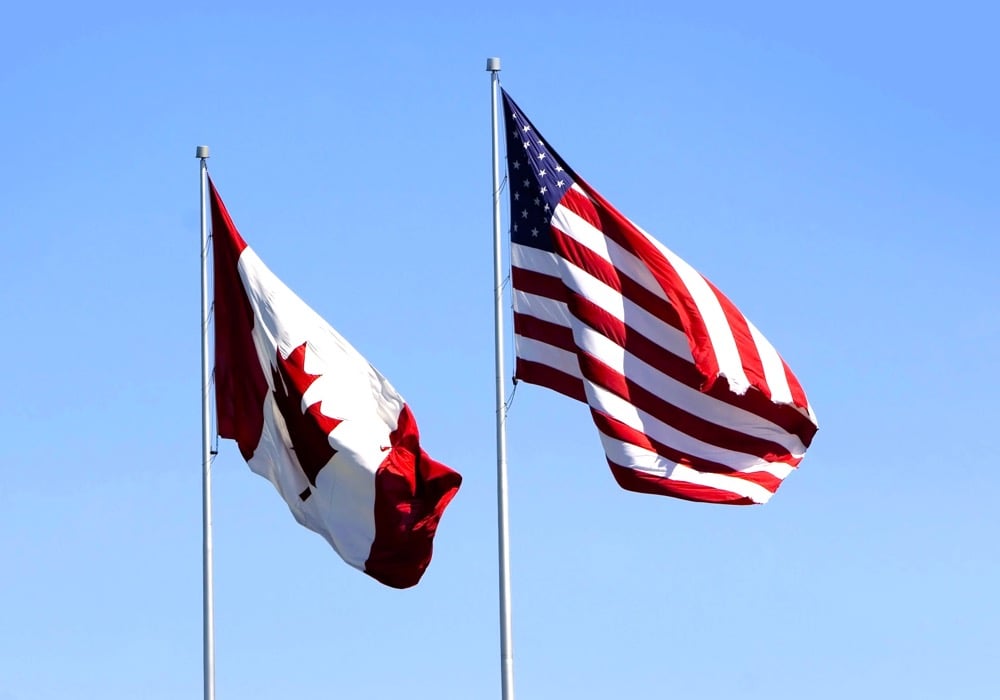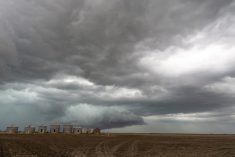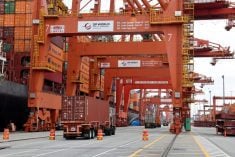NEW DELHI, June 2 (Reuters) – India on Tuesday cut this year’s monsoon forecast to 88 percent of the long-term average, prompted by an El Nino weather pattern and raising fears of the first drought in six years in a country where nearly half of farmland lacks irrigation.
If it happens, the drought would mark a second blow for the country’s crops, which suffered from excess rain at harvest this year.
This year’s harvest problems are expected to generate good pulse crop imports but there are large government owned stocks of wheat to draw on. But if a poor monsoon results in a second poor crop then India might have to turn to the international market.
Read Also

Canadian trade data delayed by U.S. government shutdown
Canadian international trade data for September will be delayed indefinitely due to the ongoing partial shutdown of the United States government, Statistics Canada said Friday, Oct. 24.
The arrival of the June-September rains has already been delayed about five days, worrying both farmers and prime minister Narendra Modi’s government, which is battling a rural slowdown.
In 2009, El Nino, or a warming of sea-surface temperatures in the Pacific, contributed to India’s worst drought in four decades, and drove steep rises in global prices for commodities like sugar.
“Let’s pray to God that the revised forecast does not come true,” said Harsh Vardhan, minister for earth sciences.
Modi has already asked ministers to prepare contingency plans to deal with a below-par monsoon, the minister added.
In April, India forecast monsoon rains at 93 percent of the average. Rainfall of less than 90 percent is considered to result in a drought year, although the latest prediction has an error margin of four percentage points either way.
INFLATION FEARS
India’s central bank expressed concern about the monsoon after cutting interest rates on Tuesday for a third time this year. The government said it would have its work cut out to contain inflation if the rains again fall short.
“Last year as well, the monsoon was not very good, and through government policy, we managed to contain inflation,” Chief Economic Adviser Arvind Subramanian told reporters.
“We intend to do that this time around, should the monsoon be as bad as some people fear.”
Food makes up nearly half of the consumer price index that the Reserve Bank of India now targets, a far higher share than in richer countries, making it harder for the central bank to hit its inflation target.
RBI Governor Raghuram Rajan wants to cap inflation at six percent by the start of next year, versus April’s four-month low of 4.87 percent.
Unlike 2009, India has a surplus of key commodities such as wheat, rice and sugar, due to recent bumper harvests. But lower prices and the fate of a single crop can make a life or death difference for small-scale farmers.
Anger is already growing in the countryside after unseasonal rains and hailstorms ravaged farms, driving many debt-laden farmers to suicide.














